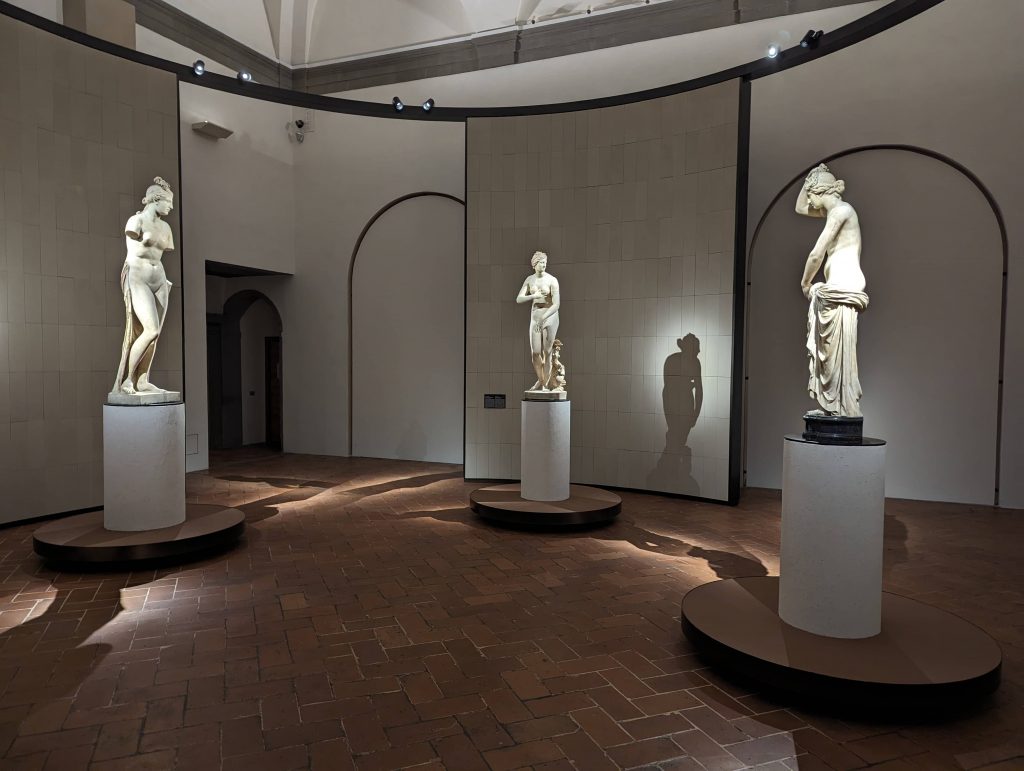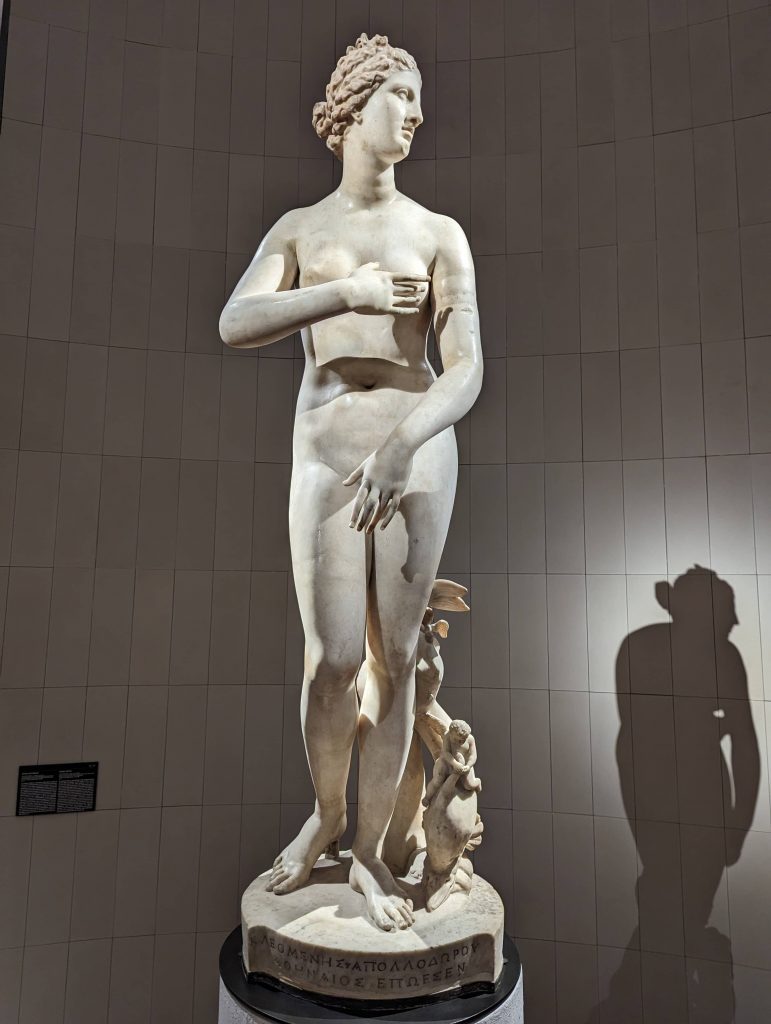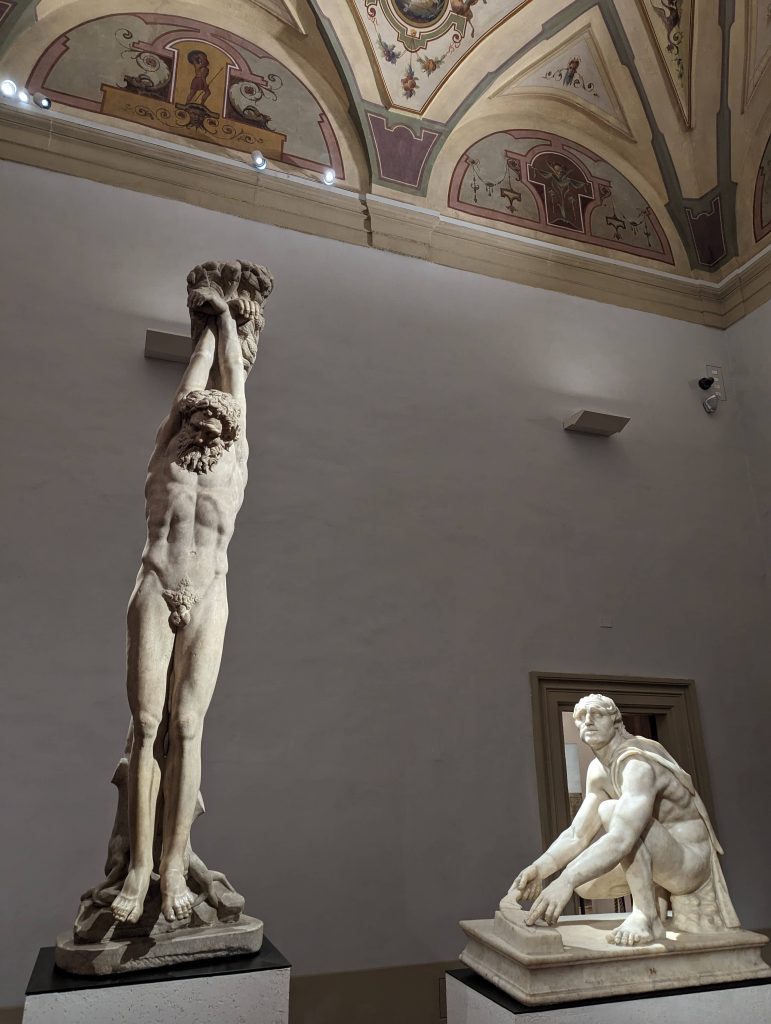Until June 30, many of the Uffizi Galleries’ most celebrated classical sculptures will be displayed in a new light, giving visitors the chance to appreciate their collective value and view them as they were originally intended.

The exhibition, titled Divina Simulacra, assembles the most noted statues from the original Medici collection and displays them as a collection in the spacious rooms on the ground floor of the museum, restoring unity to the group.
Works such as the Wrestlers, Marsya and the Knife Grinder can be admired in this new context. Interestingly, the Dancing Faun of the Tribuna and the Seated Nymph of the second corridor will be reunited, recomposing the Invitation to Dance group, one of the masterpieces of Hellenistic statuary.


Joining the works on show is the Medici Venus, which was an important symbol of the Uffizi throughout the 18th and 19th centuries. The sculpture has been restored to a position of optimal visibility after having had restricted access for a number of years. Additionally, the 12 portraits of Greek philosophers, athletes, poets and statesmen intended for the garden of the Villa Medici on the Pincian Hill in Rome will be returned to full public display.
The first works of art to enter the Vasari complex in the 1680s were the ancient marbles from the collection of Cosimo I, originally kept in Palazzo Pitti. Ferdinand I moved them to the eastern corridor of the top floor, where they could be immersed in natural light. Their current location also allows for better viewing of the striking details, with the contrasts between them providing opportunities for new reflections.
“Classical statuary was, for centuries, the main reason why people came from all over Europe to visit the Uffizi,” comments the curator of classical antiquity at the Uffizi Galleries, Fabrizio Paolucci. “This exhibition aims to restore, at least for a short time, a leading role to the Greek and Roman marbles that populate the Vasari complex, offering visitors a selection of the most celebrated ancient masterpieces, which have always been the pride of the Medici collections.”








